The world of high-end nail artistry is often glamorized, with its intricate designs and luxurious clientele. Yet, behind the glitter and polish lies a darker reality for the artisans who create these miniature masterpieces. The hands that craft delicate floral patterns and precise geometric shapes are often the same hands that suffer from chronic pain, inflammation, and irreversible damage. High-end nail technicians, particularly those specializing in custom designs, face a silent epidemic of occupational hand injuries that rarely make headlines.
Long hours spent in repetitive motions—filing, buffing, painting—take a brutal toll on the body. Many nail artists work six or seven days a week, their hands constantly bent at awkward angles to achieve perfection. The pressure to maintain flawless technique while meeting client demands creates a perfect storm for musculoskeletal disorders. Carpal tunnel syndrome is rampant, with many technicians experiencing numbness and tingling long before they seek medical attention. Trigger finger, a condition where fingers lock in bent positions, is another common affliction in this field.
The chemicals present in nail products pose additional risks. Even high-quality gels and polishes contain compounds that can cause contact dermatitis after prolonged exposure. Some technicians develop severe allergic reactions, their hands breaking out in rashes or blisters that make continued work agonizing. The irony is cruel: the very hands that create beauty for others often become damaged beyond recognition. Many veteran nail artists hide their own hands during client consultations, ashamed of the swollen knuckles and misshapen fingers that betray years of sacrifice.
Ergonomic challenges in nail salons compound these issues. Most workstations are designed for client comfort rather than artist safety, forcing technicians to maintain unnatural postures for extended periods. The industry's emphasis on speed and precision leaves little room for proper stretching or breaks. Younger technicians often dismiss early warning signs, believing their bodies will adapt, while older artists frequently work through pain rather than risk losing income. This cultural normalization of discomfort creates generational cycles of injury.
Financial pressures make prevention difficult. Unlike traditional artists who might scale back commissions when injured, nail technicians often rely on constant client flow to survive. Many are independent contractors without health insurance or workers' compensation. The high-end sector presents unique pressures—clients paying premium prices expect perfection, leaving little margin for error or accommodation. Some technicians resort to dangerous coping mechanisms, from over-the-counter painkillers to makeshift splints that allow them to keep working despite injury.
Emerging research suggests these occupational hazards may have long-term consequences beyond hand damage. Studies indicate possible links between prolonged chemical exposure and respiratory issues, while the chronic stress of pain may contribute to mental health challenges. The nail industry's lack of standardized safety protocols leaves technicians vulnerable, with many learning proper technique only after developing symptoms. Social media's influence exacerbates the problem, as viral nail trends encourage increasingly complex designs that demand more from artists' hands.
Some pioneers in the field are advocating for change. A handful of high-profile nail artists have begun speaking openly about their struggles, using their platforms to educate others. Specialty tools designed to reduce strain are slowly entering the market, though their high costs place them out of reach for many. Forward-thinking salons are implementing mandatory stretch breaks and ergonomic assessments, proving that artistry need not come at the cost of health. These efforts remain the exception rather than the rule in an industry still dominated by hustle culture.
The disconnect between perception and reality in high-end nail artistry mirrors broader issues in service-based creative work. Clients see only the finished product, not the physical toll of its creation. As demand for elaborate nail designs continues growing globally, the industry faces critical questions about sustainability and worker welfare. Without systemic changes, the hands that build this billion-dollar industry may continue paying the ultimate price—one delicate brushstroke at a time.

By /Aug 13, 2025

By /Aug 13, 2025
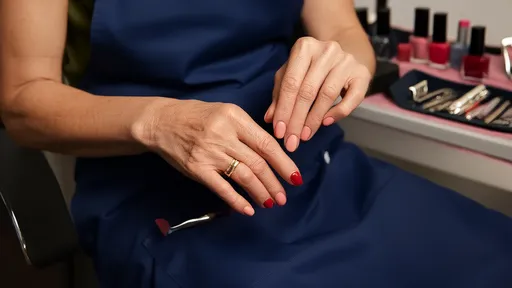
By /Aug 13, 2025

By /Aug 13, 2025

By /Aug 13, 2025
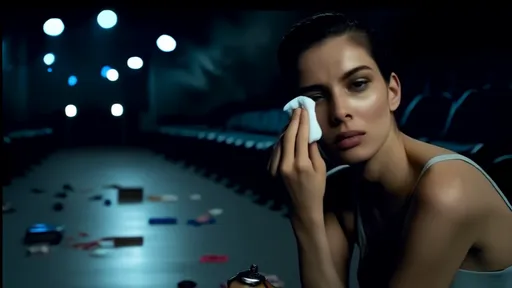
By /Aug 13, 2025
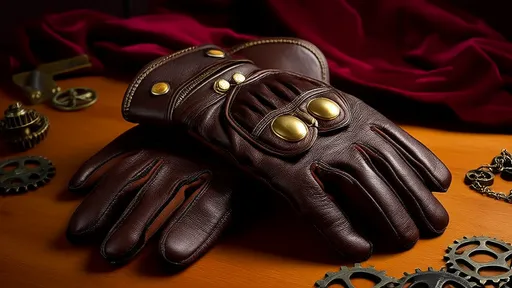
By /Aug 13, 2025

By /Aug 13, 2025

By /Aug 13, 2025
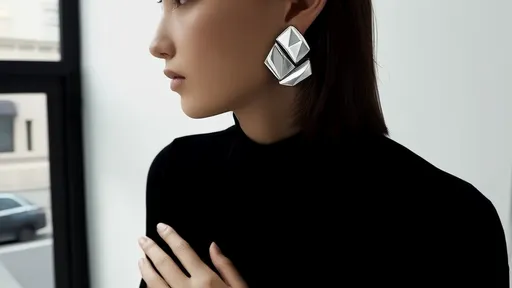
By /Aug 13, 2025
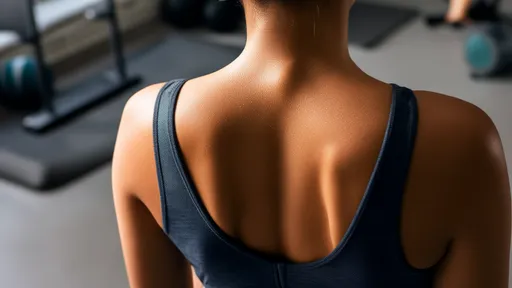
By /Aug 13, 2025
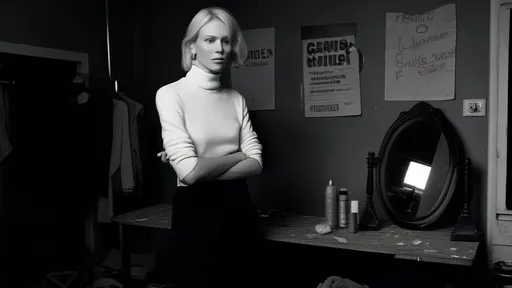
By /Aug 13, 2025

By /Aug 13, 2025

By /Aug 13, 2025

By /Aug 13, 2025

By /Aug 13, 2025

By /Aug 13, 2025

By /Aug 13, 2025
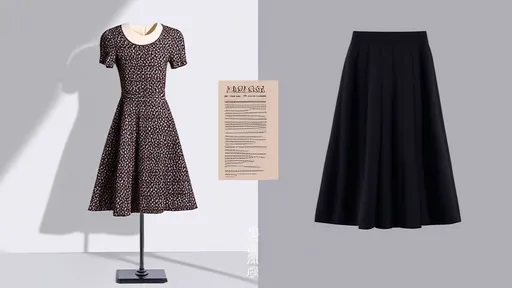
By /Aug 13, 2025
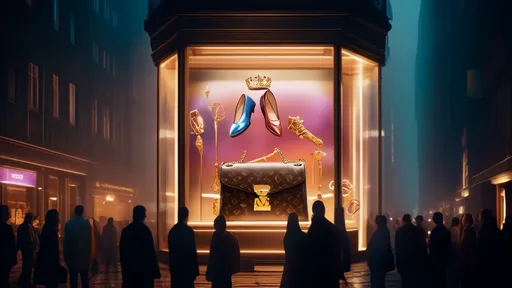
By /Aug 13, 2025